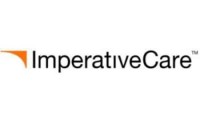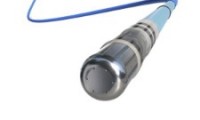-
Glaukos wins FDA approval for drug-releasing eye implant to treat glaucoma
- Source: drugdu
- 91
- December 19, 2023
-
FDA Approves Padcev/Keytruda Combo for Locally Advanced, Metastatic Urothelial Cancer
- Source: drugdu
- 94
- December 19, 2023
-
AI-Enabled Prescription Digital Therapeutics Should Be An Investment Priority
- Source: drugdu
- 90
- December 19, 2023
-
With new FDA approval, Merck’s Welireg takes another step toward blockbuster goal
- Source: drugdu
- 90
- December 19, 2023
-
Listing Meeting of Domestic Sacubitril Valsartan Yixintan® was Successfully Held
- Source: drugdu
- 109
- December 19, 2023
-
GLP-1 agonists can blunt obesity-associated health problems
- Source: drugdu
- 117
- December 18, 2023
-
Imperative Care begins first-in-human study of neurovascular stent
- Source: drugdu
- 122
- December 18, 2023
-
J&J’s Biosense Webster treats first patients in dual-energy AFib ablation trial
- Source: drugdu
- 584
- December 18, 2023
-
【EXPERT Q&A】How should one start a business in pharmaceutical intermediates?
- Source: drugdu
- 163
- December 18, 2023
your submission has already been received.
OK
Subscribe
Please enter a valid Email address!
Submit
The most relevant industry news & insight will be sent to you every two weeks.












